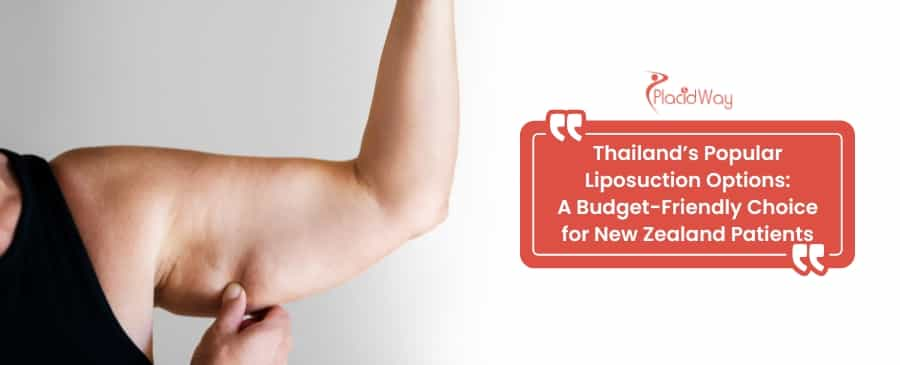
Struggling with stubborn pockets of fat that just won't budge, no matter how healthy your lifestyle? You're not alone. For many New Zealanders, these frustrating areas—on the abdomen, thighs, arms, or under the chin—seem resistant to all diet and exercise. Liposuction is a highly effective body contouring procedure designed to target exactly this problem. The significant barrier, however, is often the high price tag in New Zealand.
This is why thousands of Kiwis are now turning to Thailand, a global hub for world-class medical tourism. Renowned for its JCI-accredited hospitals, highly-trained surgeons, and advanced techniques, Thailand offers a solution that is both high-quality and surprisingly budget-friendly. But how much can you really save, what are the popular techniques like VASER, and how do you ensure your safety? This guide covers everything you need to know.
Key Takeaways
-
New Zealand patients can save 55% to 70% on liposuction costs by choosing a JCI-accredited hospital in Thailand.
-
Popular Thai packages often bundle the surgeon's fee, anesthesia, hospital nights, airport transfers, and translation services. Advanced techniques like VASER liposuction are widely available and performed by highly experienced, board-certified surgeons.
-
The total recommended trip time for a liposuction procedure in Thailand is typically 10 to 14 days to allow for the consultation, surgery, and initial follow-up appointments before flying home.
Comparative Liposuction Costs (Average per Area, in NZD):
-
Thailand (per area): $2,500 – $4,000
-
New Zealand (per area): $7,000 – $10,000+
-
Turkey (all-inclusive package): $4,200 – $6,500
-
Mexico (per area): $4,100 – $6,000
Average Liposuction Procedure Costs in Thailand (NZD):
-
Abdomen (Upper or Lower): $2,200 – $3,500
-
Arms (Both): $2,500 – $3,800
-
Thighs (Inner or Outer): $2,500 – $4,000
-
Chin / Jowls (Submental): $2,100 – $3,200
-
VASER Liposuction (per area): $3,200 – $4,100
Why Do New Zealanders Choose Thailand for Liposuction?
Thailand has become a global leader in medical tourism by combining JCI-accredited hospitals, highly-trained plastic surgeons, and significant cost savings. For New Zealanders, the opportunity to save over 60% on a procedure without compromising on quality, all while recovering in a beautiful country, makes it a top-tier destination.
The primary driver is, without a doubt, the affordable cost of liposuction. In New Zealand, the price for a single area of liposuction can easily exceed $7,000 NZD, with complex procedures like a 3D abdomen reaching $13,000 NZD or more. In Thailand, the starting price for a single area at a premium, internationally-accredited hospital is often around $2,500 NZD. These savings allow patients to afford procedures they may have been postponing for years.
Beyond price, Thailand's medical infrastructure is world-class. Hospitals in Bangkok and Phuket resemble 5-star hotels, equipped with the latest technology and adhering to rigorous international standards. Surgeons are often trained in the US, UK, or Australia and are members of organizations like the Society of Plastic and Reconstructive Surgeons of Thailand (ThPRS). This ensures a level of expertise and safety that meets or exceeds Western standards.
Finally, the combination of medical travel with a recovery holiday is a major appeal. Patients can undergo their procedure and then recover in privacy and comfort at a resort, returning to New Zealand after the initial bruising and swelling have subsided.
Understanding Your Liposuction Options: What Are the Most Popular Techniques?
Liposuction is not a single procedure but a category of techniques used to remove stubborn fat deposits; the best one for you depends on your goals, the treatment area, and your skin quality. Thailand’s top clinics offer a full spectrum, from traditional methods to advanced, high-definition body sculpting.
Modern body contouring is about precision. While all liposuction involves removing fat cells via a thin tube called a cannula, the way the fat is broken up before removal is what defines the technique.
Traditional Suction-Assisted Liposuction (SAL)
This is the "gold standard" and most conventional form of liposuction. A tumescent solution (a mixture of saline, local anesthetic, and epinephrine) is injected into the target area. This fluid numbs the area, shrinks blood vessels (to reduce bleeding), and makes the fat swell, allowing the surgeon to more easily break it up and suction it out with a cannula. It is highly effective for removing larger volumes of fat.
VASER Liposuction (Ultrasound-Assisted)
VASER liposuction is an advanced, minimally-invasive technique extremely popular in Thailand. It uses ultrasound (high-frequency sound waves) delivered through a special probe to selectively break apart and liquefy fat cells before they are suctioned out.
-
Key Benefit: The ultrasound energy is gentle on other tissues, like blood vessels, nerves, and collagen. This often results in less bruising, less pain, and a faster recovery compared to traditional SAL.
-
Skin Tightening: The heat from the ultrasound energy can also create a modest skin-tightening effect, which is ideal for patients with minor skin laxity.
-
Best For: Precision work, high-definition abdominal sculpting (creating "abs"), and fibrous areas like the back or male chest.
Laser-Assisted Liposuction (Laser Lipo / SmartLipo)
Similar to VASER, laser-assisted liposuction uses thermal energy to melt fat. A tiny laser fiber is inserted under the skin, which liquefies the fat cells for easy removal. The heat from the laser also seals blood vessels and promotes significant collagen production, leading to better skin retraction. It is excellent for small, delicate areas like the chin, jowls, and inner arms.
Power-Assisted Liposuction (PAL)
PAL uses a specialized cannula that vibrates at a high speed. This gentle, rapid motion does the "work" of breaking up the fat, allowing the surgeon to remove it more efficiently and with less physical force. This reduces surgical time and patient trauma, making it a popular choice for large-volume fat removal.
Did You Know?
Liposuction is not a weight-loss surgery. It is a body sculpting or contouring procedure. The ideal candidate is someone who is already close to their target weight but struggles with stubborn, localized pockets of fat that are resistant to diet and exercise. Most surgeons note that patients typically lose only 2-3 kgs from the procedure itself.
Are You an Ideal Candidate for Liposuction?
The best candidates for liposuction are healthy non-smokers who are within 30% of their ideal body weight. Good skin elasticity is crucial, as the procedure removes fat but does not remove excess skin; your skin must be able to "shrink" back to the new, slimmer contour.
Your surgeon in Thailand will conduct a thorough evaluation, but you are likely a good candidate for liposuction if you:
-
Have stubborn fat deposits on your abdomen, hips ("love handles"), thighs, back, arms, or under the chin.
-
Are in good general health with no chronic conditions that could impair healing (e.g., uncontrolled diabetes, bleeding disorders).
-
Have good skin elasticity. If you have significant loose or sagging skin (common after major weight loss or pregnancy), a surgeon may recommend a skin-excision procedure in addition to liposuction, such as a tummy tuck (abdominoplasty) or an arm lift (brachioplasty).
-
Are a non-smoker or are willing to quit at least 4-6 weeks before and after surgery, as smoking severely compromises healing.
-
Have realistic expectations and understand that liposuction enhances your shape, it doesn't create a new body or solve lifestyle issues.
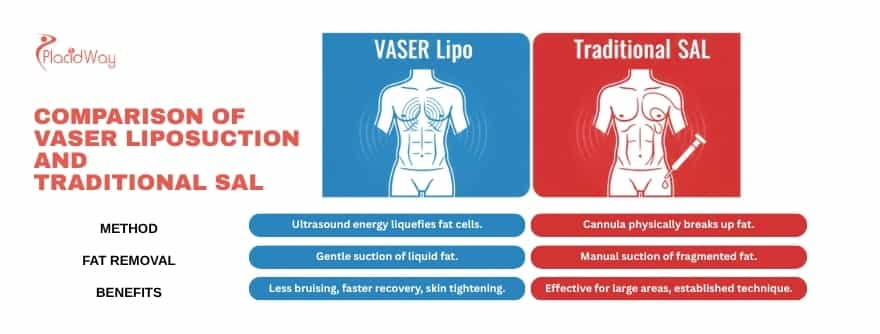
The Cost of Liposuction in Thailand vs. New Zealand: A Detailed Comparison
The cost difference for liposuction is one of the biggest motivators for New Zealanders, with savings often covering the entire cost of flights and accommodation. A procedure costing $10,000 NZD in New Zealand could be as low as $3,500 NZD in Thailand.
The final price of your cosmetic surgery in Thailand depends on several factors: the number of areas treated, the specific technique used (VASER is often slightly more expensive), the surgeon's expertise, and the hospital's reputation.
However, the value is undeniable. Here is a direct comparison of typical "per area" costs. Note that in New Zealand, this price often only includes the surgeon's fee, with anesthesia and hospital fees billed separately. In Thailand, the quoted price is often part of a package.
| Procedure / Area | Average Cost in New Zealand (NZD) | Average Cost in Thailand (NZD) | Estimated Savings |
| Abdomen (3D / 360 Lipo) | $12,000 - $18,000 | $5,000 - $8,000 | 58% - 62% |
| Flanks ("Love Handles") | $7,000 - $9,000 | $2,500 - $3,800 | 60% - 64% |
| Outer Thighs ("Saddlebags") | $8,000 - $10,000 | $3,000 - $4,500 | 55% - 62% |
| Upper Arms (Both) | $7,500 - $9,500 | $2,800 - $4,000 | 60% - 63% |
| Submental (Chin/Neck) | $6,000 - $8,500 | $2,100 - $3,200 | 62% - 65% |
Disclaimer: Prices are estimates and can vary based on the patient's individual needs and the clinic chosen. Always get a personalized quote.
How to Choose the Best Surgeon and Clinic in Thailand
Your safety and results depend entirely on your surgeon and facility; you must prioritize credentials over cost. Look for surgeons who are board-certified by the Society of Plastic and Reconstructive Surgeons of Thailand (ThPRS) and hospitals with JCI accreditation.
When researching plastic surgery in Thailand, do not be swayed by the cheapest offer. Focus on vetting your providers meticulously.
-
Check Surgeon Credentials: Ensure your surgeon is a fully qualified Plastic and Reconstructive Surgeon, not just a "cosmetic surgeon." They should be a member of the ThPRS. Many top surgeons are also international members of societies like the American Society of Plastic Surgeons (ASPS).
-
Verify Hospital Accreditation: Choose a hospital, not a small clinic, for a procedure like liposuction. Look for facilities with JCI (Joint Commission International) accreditation. This is the global gold standard for patient safety and quality of care, and many top Thai hospitals (like Bumrungrad International) hold this status.
-
Review Before-and-After Photos: This is the best way to judge a surgeon's aesthetic style. Look for patients with a similar body type to yours and examine their results.
-
Schedule a Video Consultation: A reputable surgeon or medical team will offer a virtual consultation to discuss your goals, assess your candidacy, and answer your questions before you book. This is also a great way to assess their professionalism and English proficiency.
Expert Insight:
"The most successful medical tourism journeys are built on research, not just price. A cheap surgery can become very expensive if a revision is needed. At PlacidWay, we partner only with pre-screened, fully-accredited facilities and board-certified surgeons. This vetting process is your most important safety net when traveling for care."
Preparing for Your Liposuction Journey to Thailand
Preparation begins at home, at least four weeks before your flight. You will need to stop smoking, discontinue certain medications like blood thinners, and arrange for your post-operative care and recovery time in Thailand.
Once you have booked your procedure, your medical team will provide a detailed pre-operative guide. Key steps include:
-
Medical Clearance: You will need basic blood tests and clearance from your GP in New Zealand.
-
Stop Smoking & Vaping: This is non-negotiable. Nicotine constricts blood vessels, starves tissues of oxygen, and dramatically increases the risk of complications like infection and tissue death.
-
Avoid Blood Thinners: Stop taking aspirin, ibuprofen, fish oil, and certain herbal supplements for at least two weeks before surgery to reduce bleeding risk.
-
Plan Your Stay: Book your accommodation for at least 10-14 days. You will need a hotel or serviced apartment that is comfortable and close to the hospital for your follow-up visits.
-
Pack Smart: Bring loose, dark, comfortable clothing (like button-up shirts and drawstring pants) that are easy to put on and take off without pulling over your head or waist.
What to Expect: The Liposuction Recovery Process
Recovery is a multi-stage process; you will feel "restaurant-ready" in about 5-7 days but must wear your compression garment for 4-6 weeks. Strenuous exercise is off-limits for at least a month, and final contoured results will emerge over 2-4 months as all swelling subsides.
Here is a typical timeline for recovery after liposuction:
-
Immediately Post-Op: You will wake up in a recovery room wearing a compression garment. This garment is the most important part of your recovery; it controls swelling, reduces bruising, and helps your skin adhere to its new contour. You will likely stay one night in the hospital for observation.
-
Days 1-3: You will experience soreness, swelling, and bruising. You will be encouraged to take short, gentle walks to promote blood circulation. You will have drainage tubes in place for 24-48 hours.
-
Days 5-7: You will have a follow-up appointment to check your incisions. Most patients feel well enough to go out for dinner and do light sightseeing at this stage. You can typically fly home after your surgeon gives you clearance, usually around day 6-7 post-op.
-
Weeks 2-4: You will return to work (if you have a desk job). You must continue to wear your compression garment 24/7, only removing it to shower. Swelling will begin to noticeably decrease.
-
Weeks 4-6: Your surgeon will likely clear you to resume light exercise. Strenuous activity (like running or weightlifting) must wait. You may be able to switch to wearing your garment only during the day.
-
Months 2-4: This is when your final results truly appear. The last bits of swelling will resolve, your skin will have tightened, and your new contours will be clear.
Potential Risks and How Top Thai Clinics Mitigate Them
While liposuction is considered very safe, all surgeries have risks, including infection, contour irregularities, or fluid buildup (seroma). Thailand's accredited hospitals mitigate these risks by enforcing strict sterilization protocols, using advanced (less traumatic) techniques like VASER, and ensuring surgeons are board-certified specialists.
Your surgeon will discuss all potential risks with you. The most common are:
-
Contour Irregularities: Lumpy or uneven results. This risk is minimized by choosing a highly skilled surgeon and wearing your compression garment diligently.
-
Swelling and Bruising: These are expected and temporary.
-
Infection: This is rare in accredited hospitals with strict sterile protocols.
-
Seroma: A temporary pocket of fluid under the skin, which can be easily drained by your doctor.
-
Numbness: Temporary numbness in the treated area is common and typically resolves over several months.
By choosing a JCI-accredited hospital and a board-certified surgeon, you are ensuring that your procedure is performed in an environment with the highest possible safety standards, drastically minimizing these risks.
FAQs: Your Top Liposuction Questions Answered
How long do I need to stay in Thailand for liposuction
You should plan a total trip of 10 to 14 days. This allows for a pre-operative consultation, the surgery itself, a one-night hospital stay, and at least one or two post-operative check-ups before you are cleared to fly home (usually 6-7 days after surgery).
Is it safe to get liposuction in Thailand?
Yes, provided you do your research. Choosing a JCI-accredited hospital and a surgeon who is board-certified by the Society of Plastic and Reconstructive Surgeons of Thailand (ThPRS) ensures you receive care that meets or exceeds global safety standards.
Are the results of liposuction permanent?
Yes. The fat cells that are removed are gone forever and will not grow back. However, if you gain a significant amount of weight, the remaining fat cells in your body can still expand, which can alter your results. You must maintain a stable weight through diet and exercise to protect your investment.
How much fat can be removed in one session?
Safety guidelines generally limit fat removal to about 5 liters (or 5,000 ccs) in a single outpatient procedure. Removing more than this increases surgical risks. Liposuction is a contouring tool, not a weight-loss operation.
What is the difference between liposuction and a tummy tuck?
Liposuction removes fat only. A tummy tuck (abdominoplasty) is a more invasive procedure that removes excess skin and repairs separated abdominal muscles (diastasis recti), often with liposuction to contour the flanks. If your main issue is loose skin, a tummy tuck is the correct procedure.
Can I combine liposuction with a holiday in Thailand?
Yes, but you must be sensible. Plan your "holiday" activities (like light sightseeing or visiting temples) for the before your surgery, or for 5-7 days after your surgery. You cannot swim, sunbathe, or engage in strenuous activities (like hiking) during your recovery period.
Why Choose PlacidWay for Your Medical Journey?
Navigating the world of international medical tourism can be overwhelming. How do you know which hospital is really accredited? How do you verify a surgeon's credentials from New Zealand?
That's where PlacidWay steps in. We are your trusted partner, dedicated to making your journey safe, simple, and seamless.
-
Vetted & Accredited Partners: We have an established network of the best liposuction clinics in Thailand. We have already verified their accreditations, surgeon certifications, and patient outcomes, so you don't have to.
-
Transparent Cost Comparison: We provide clear, all-inclusive package quotes from multiple world-class hospitals. You can compare your options side-by-side with no hidden fees.
-
End-to-End Coordination: From scheduling your video consultation with a top surgeon to arranging your airport pickup and hotel, our team manages the logistics so you can focus on your health.
Don't leave your health to chance. Let PlacidWay connect you with the right provider for your body contouring goals.
Ready to Explore Your Options?
Get a FREE, no-obligation quote from Thailand's top liposuction specialists today.

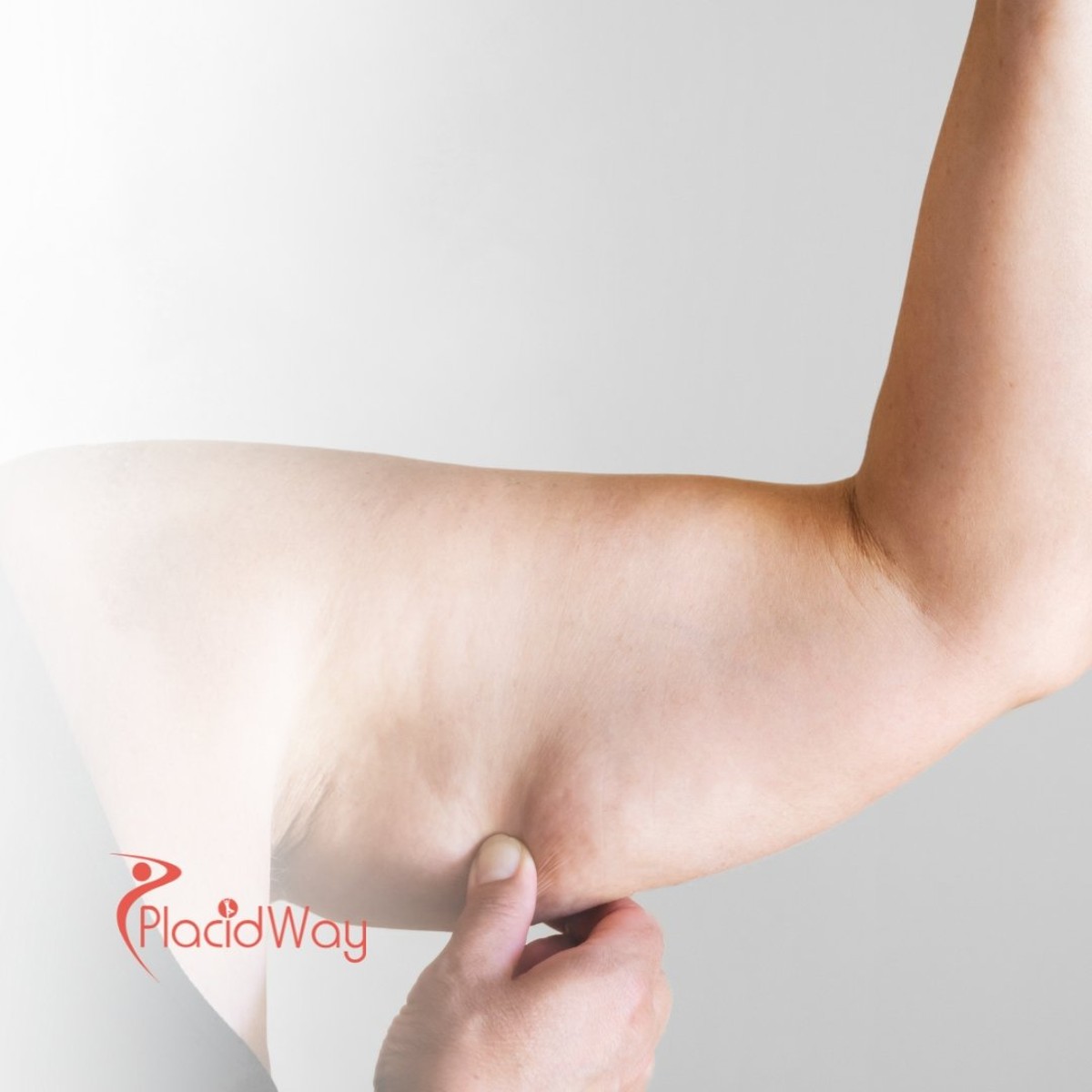
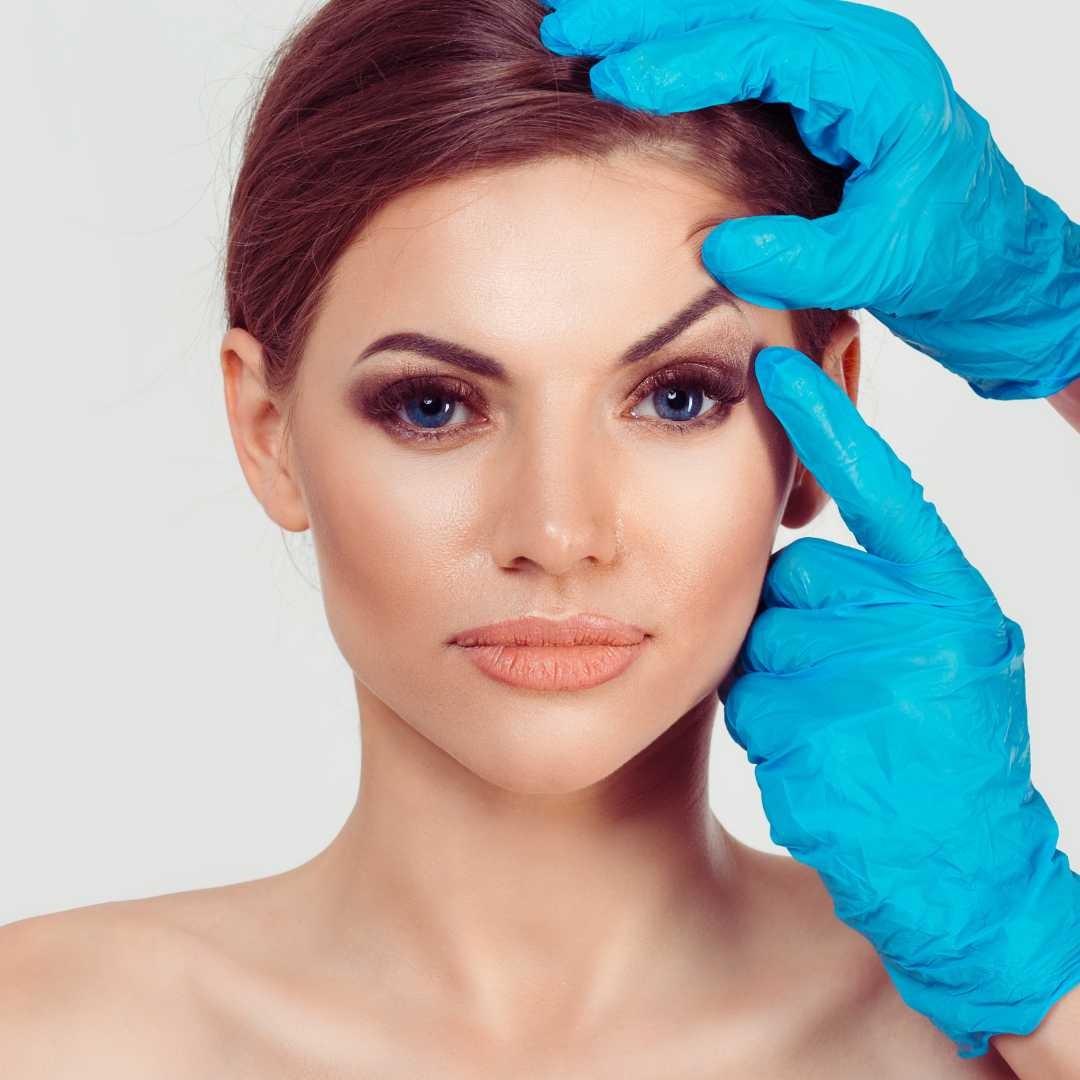
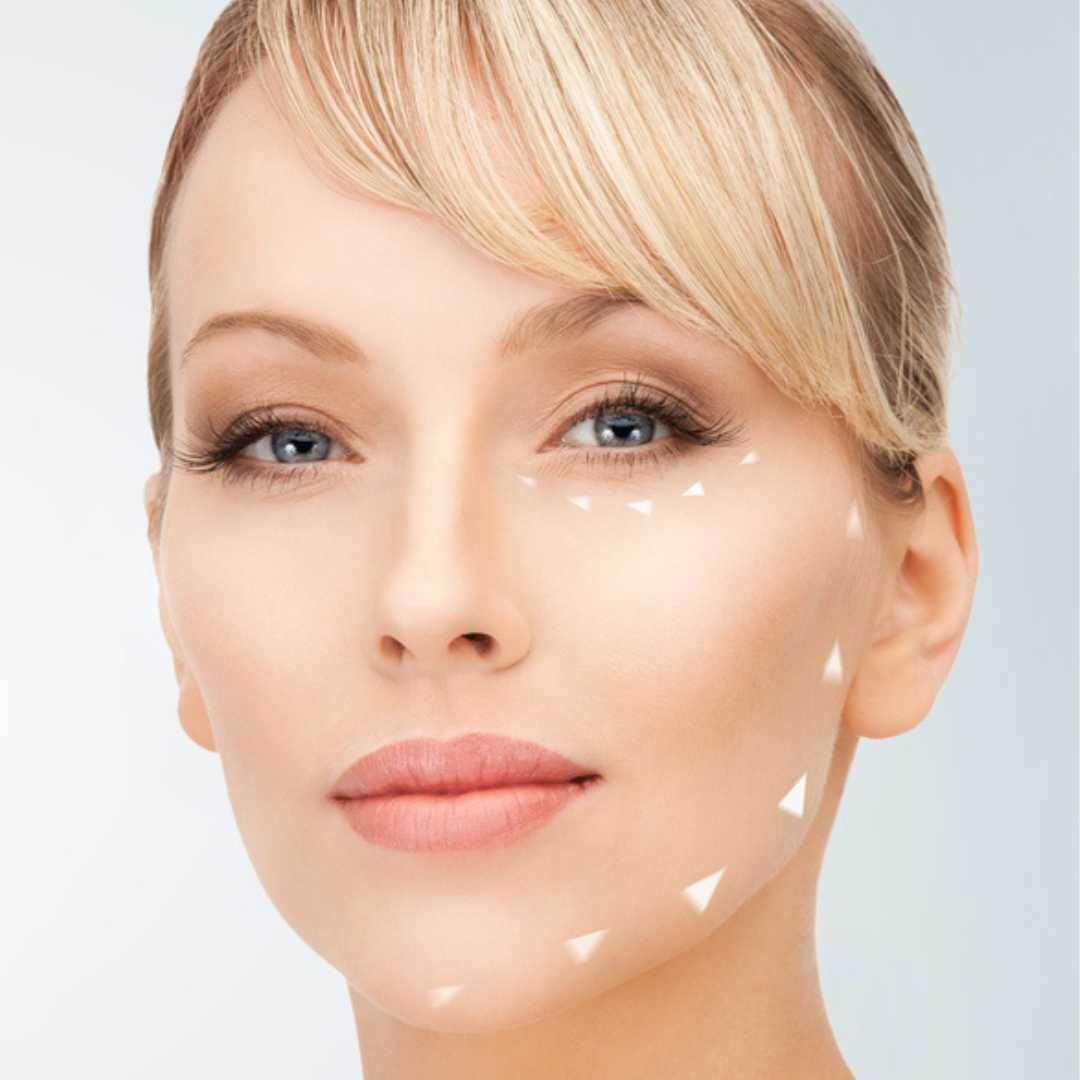
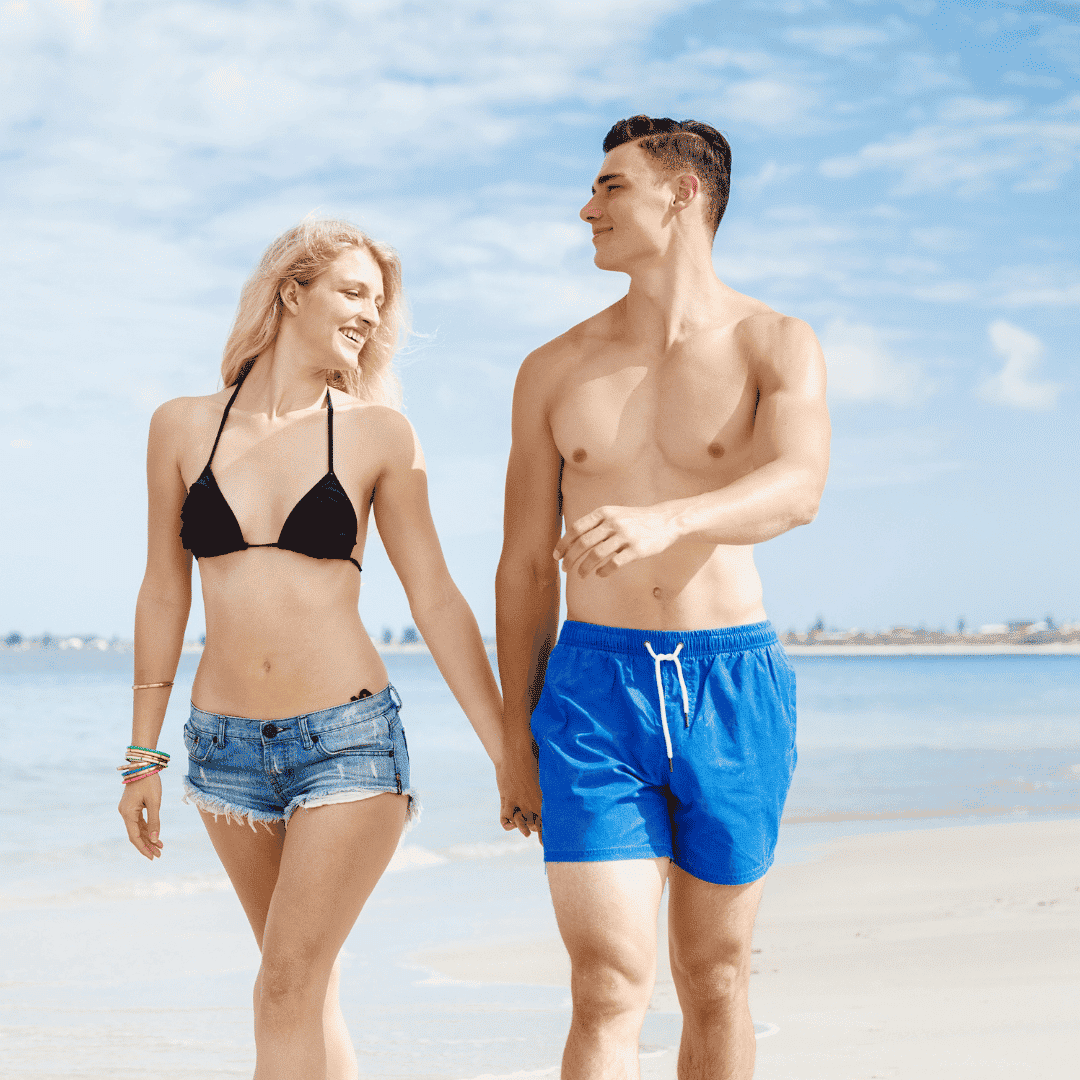

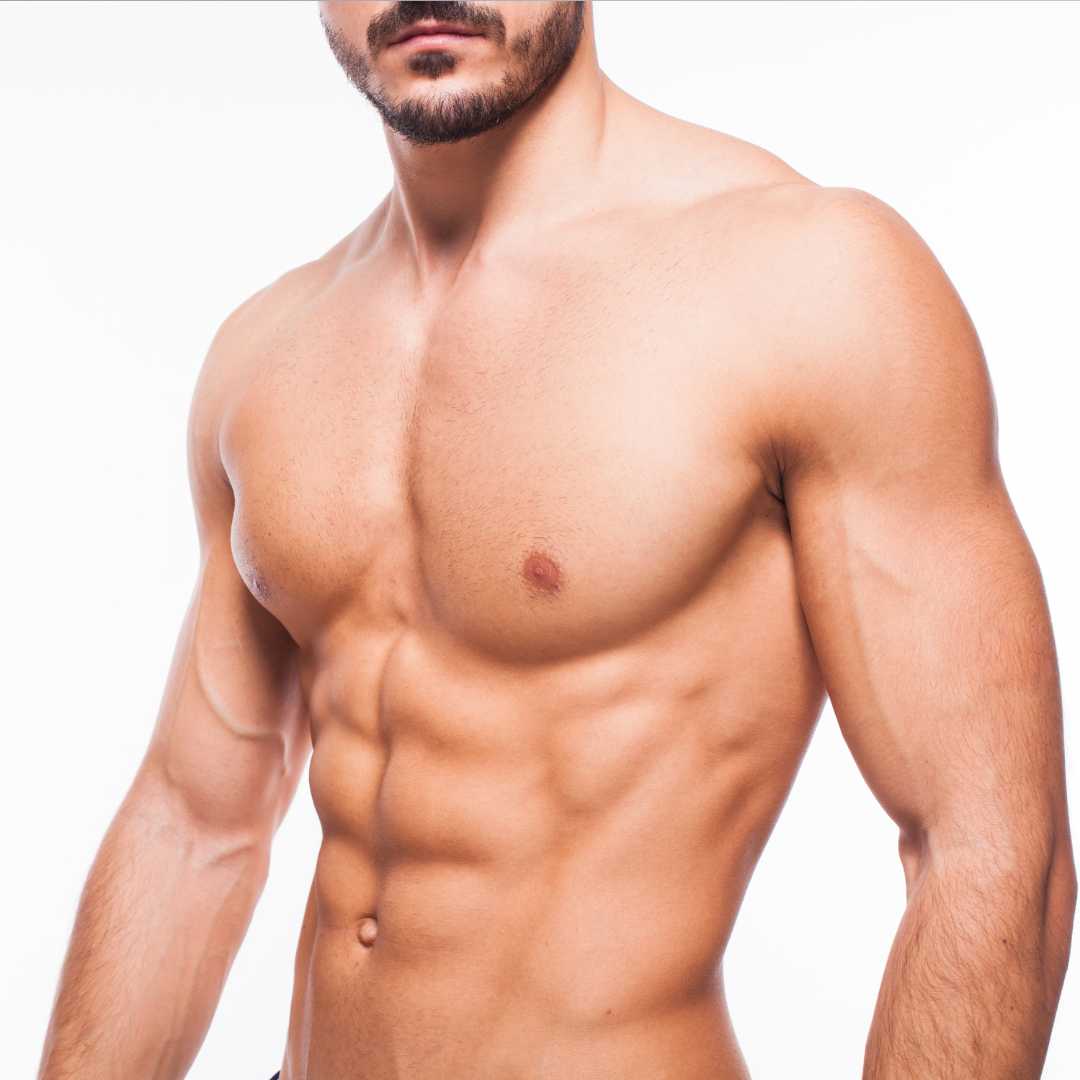
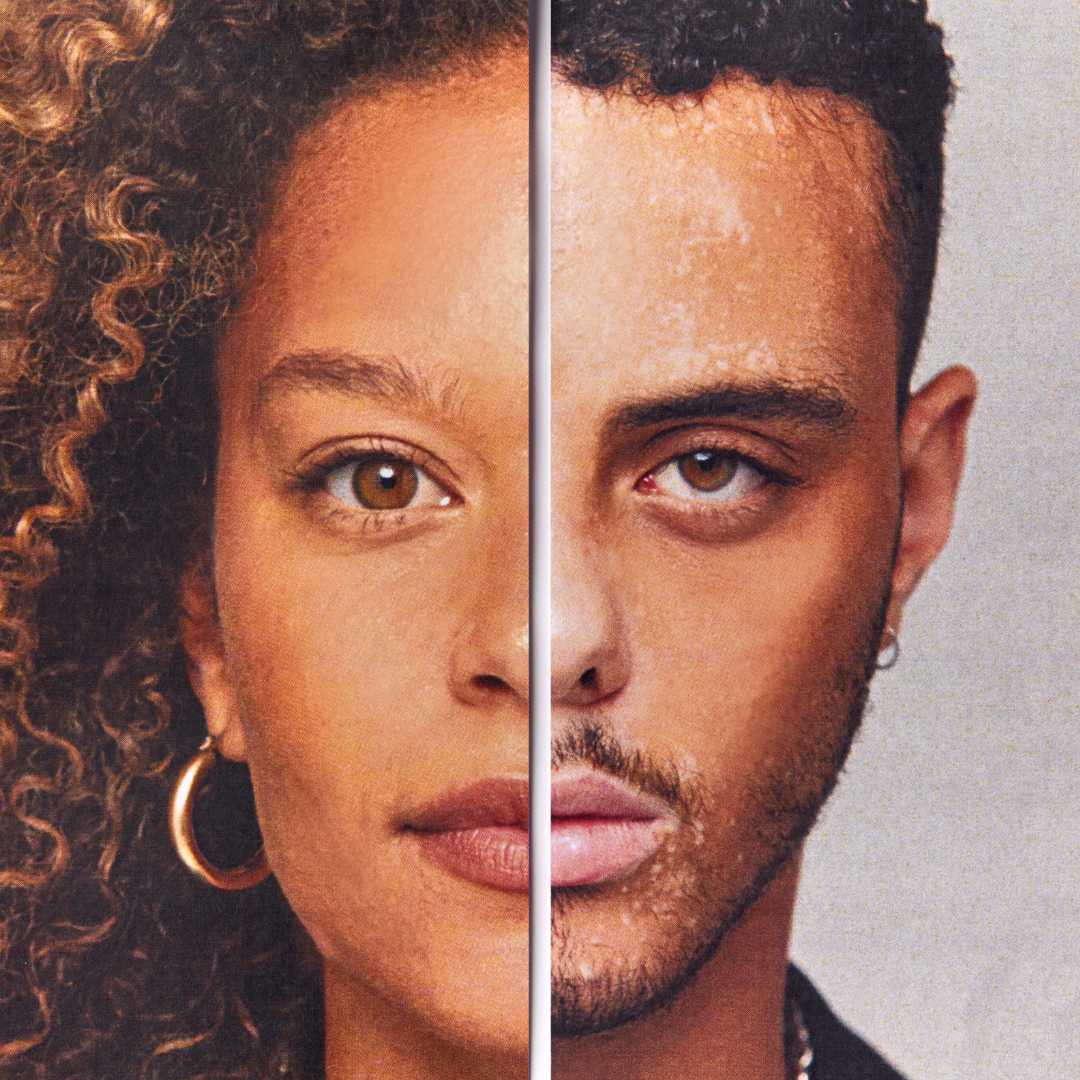
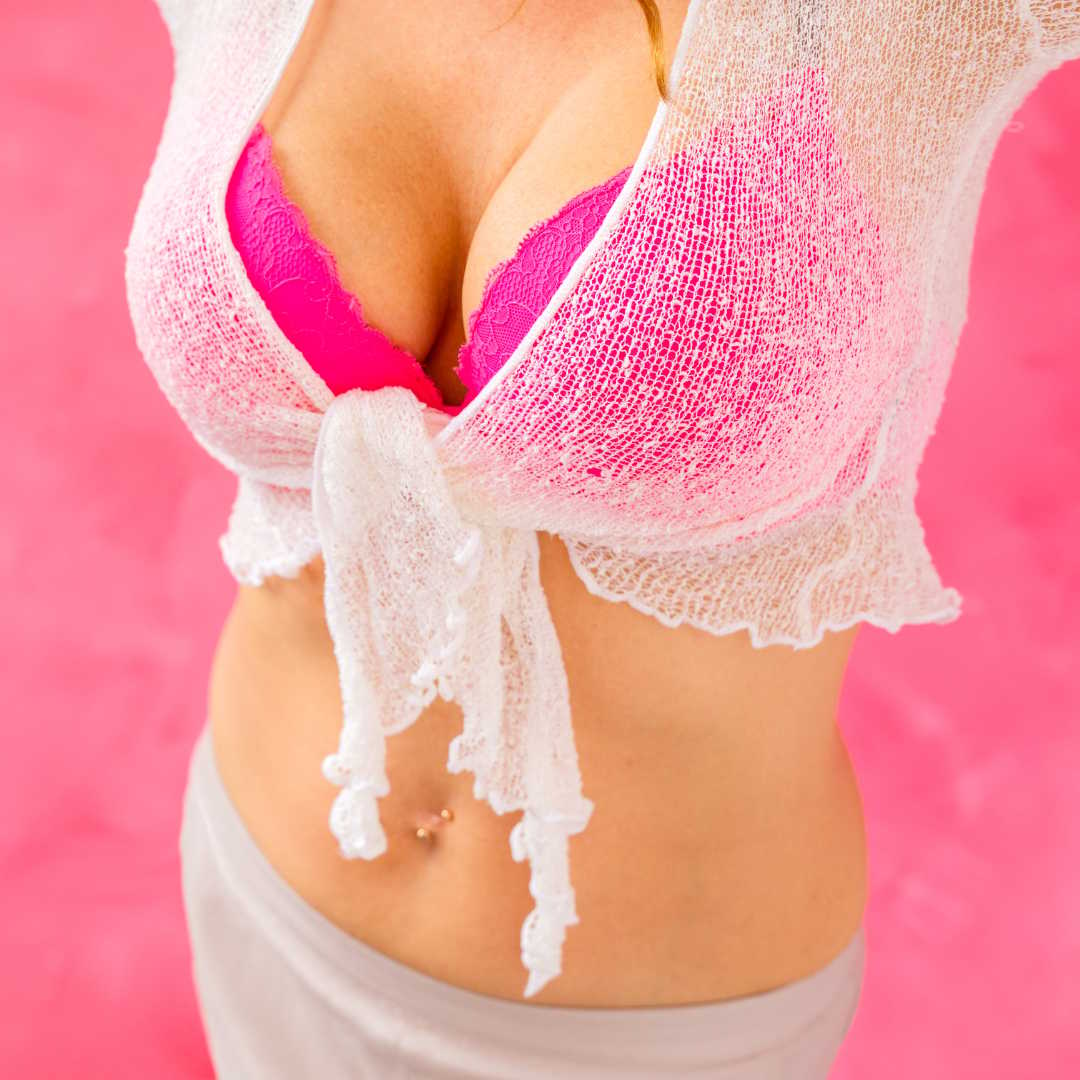
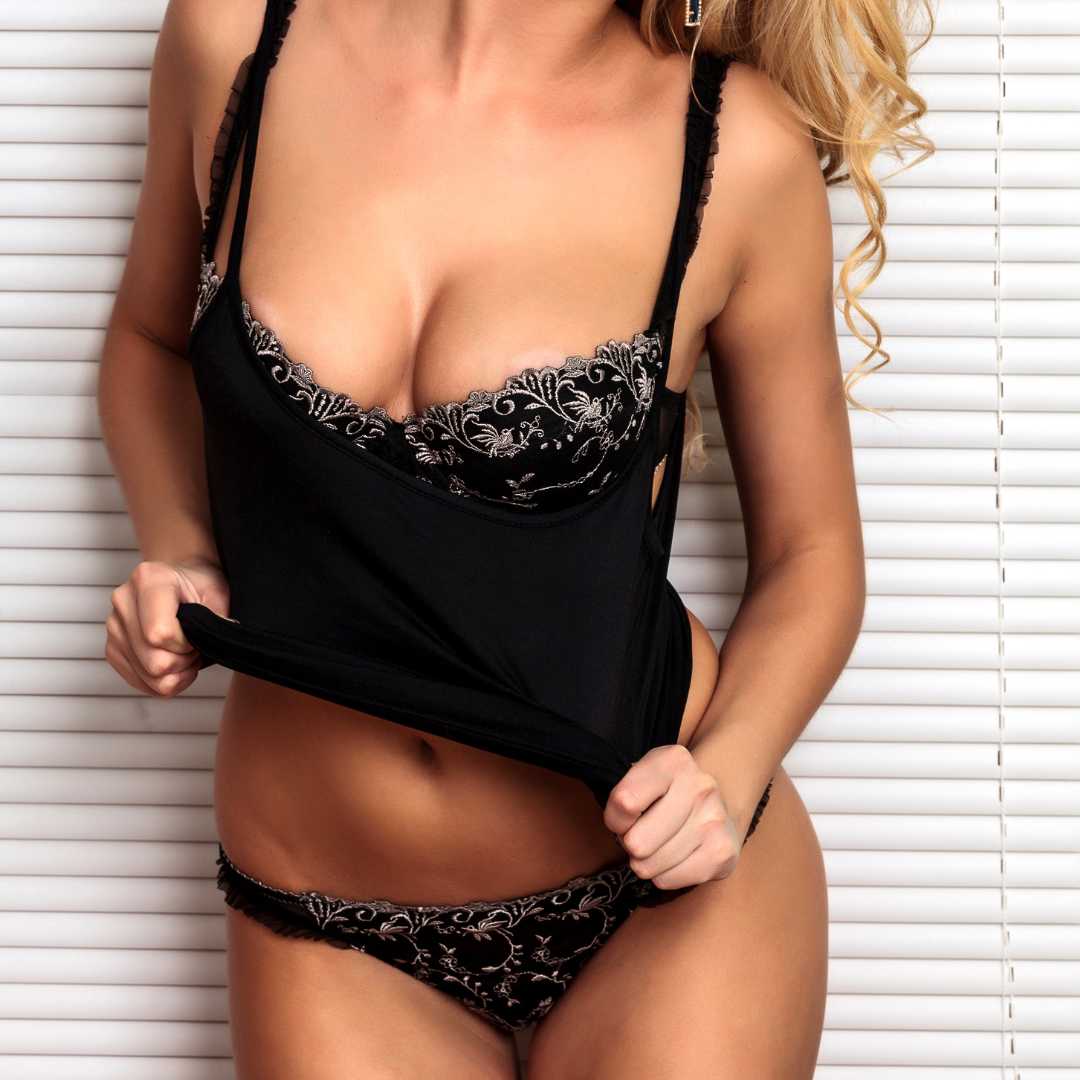
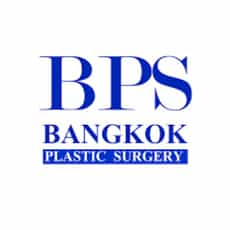
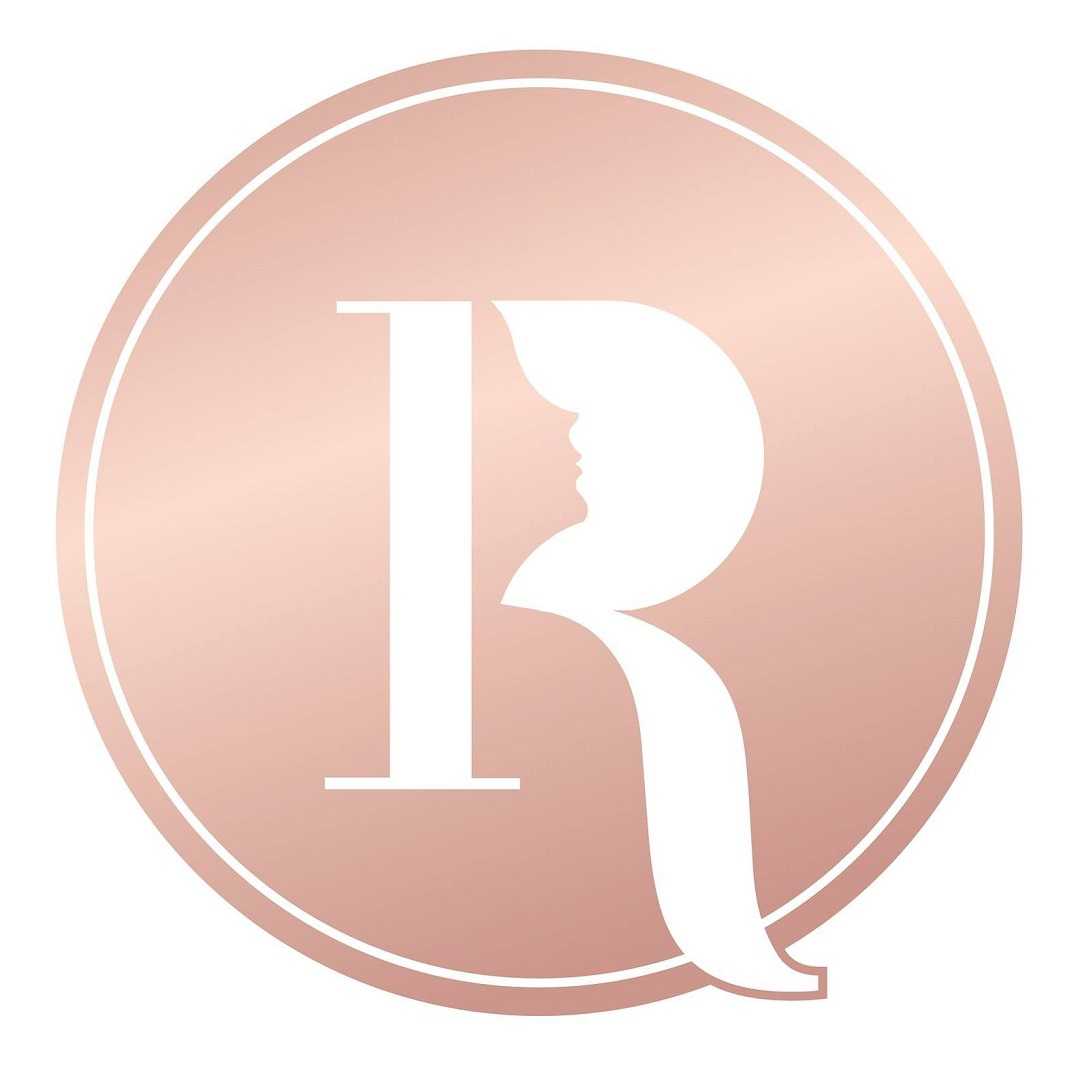
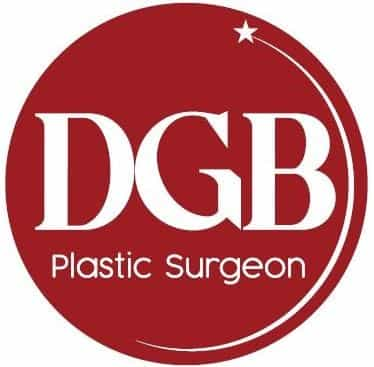
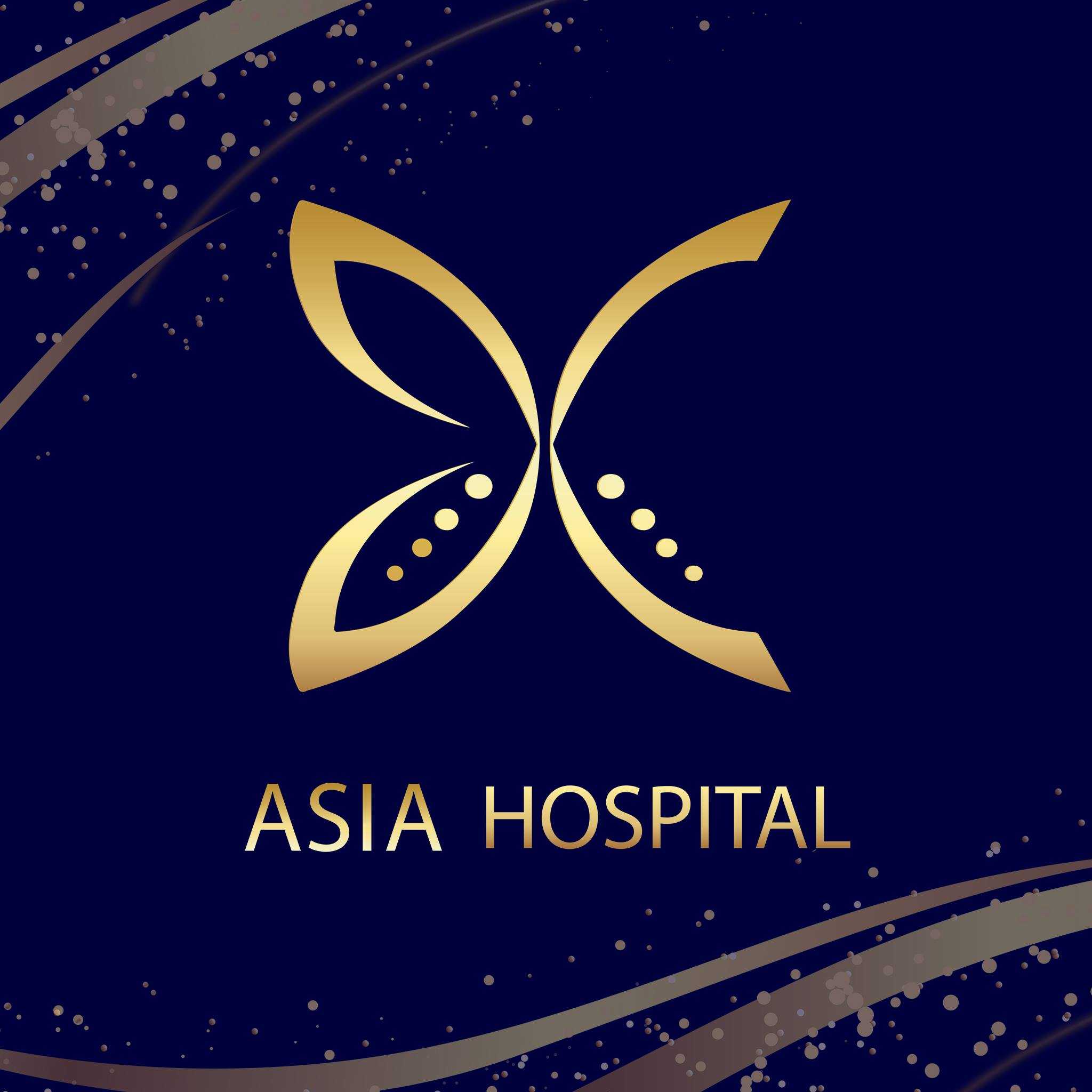
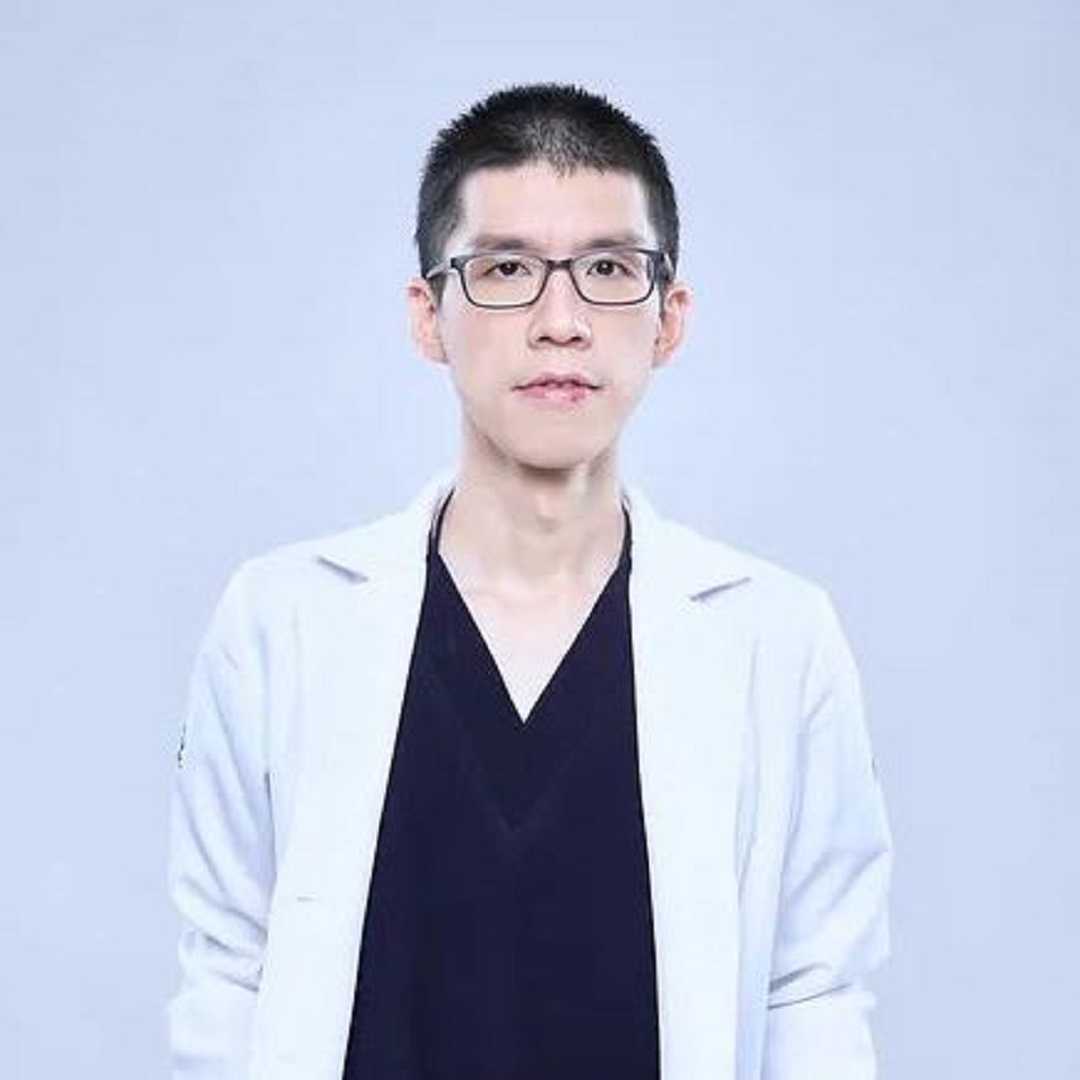

Share this listing